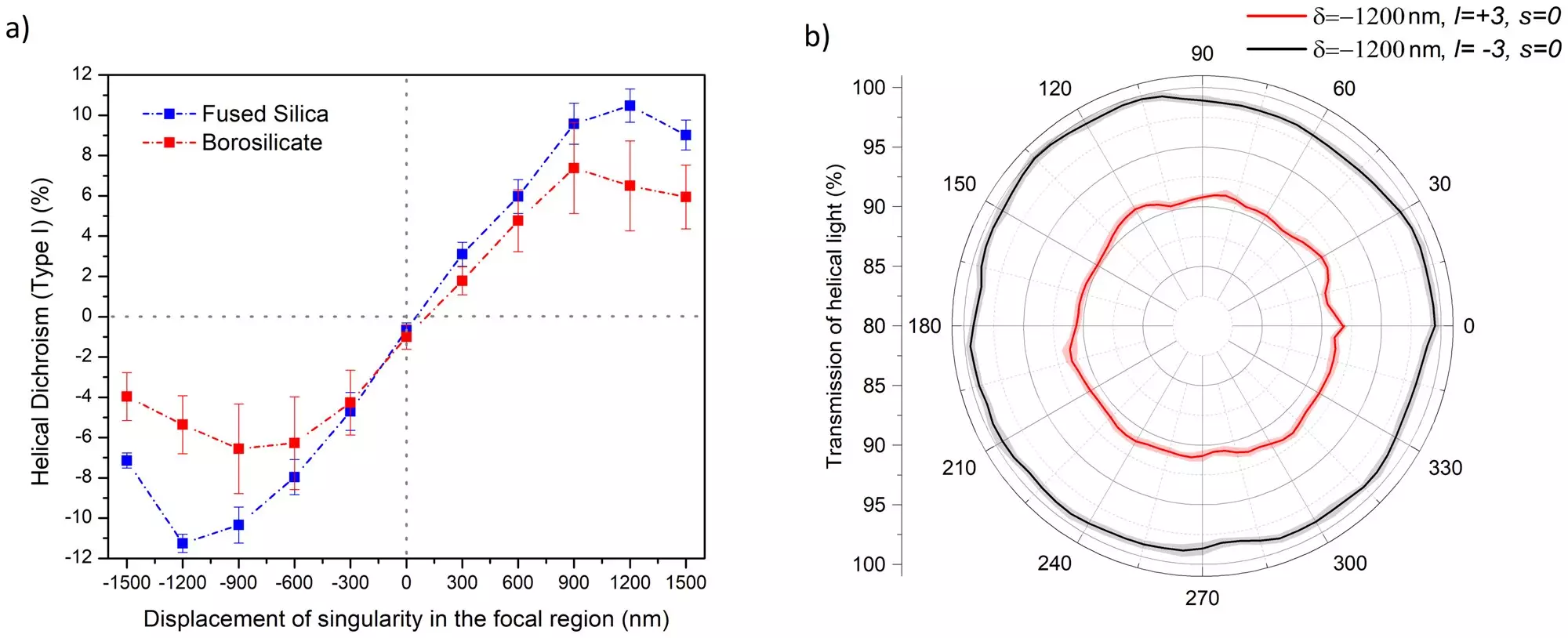For a long time, the scientific community believed that amorphous solids lacked the ability to selectively absorb light due to their disordered atomic structure. However, recent research conducted at the University of Ottawa has shattered this misconception. A groundbreaking study led by Professor Ravi Bhardwaj and his team of researchers has revealed that amorphous solids, in fact, exhibit dichroism – the ability to selectively absorb light of different polarizations. This discovery challenges prior beliefs and opens up new possibilities in the field of optics by demonstrating how the properties of light can be manipulated to interact with these materials in innovative ways.
The Role of Helical Light Beams
The key to uncovering this dichroism in amorphous solids lies in the use of helical light beams. By utilizing these specialized beams, researchers at uOttawa were able to reveal the hidden optical characteristics of disordered solids. Through the use of helical light beams carrying orbital angular momentum, the research team was able to probe the optical properties of both amorphous and crystalline materials. This novel approach not only challenges traditional beliefs about the optical behavior of solids but also provides a new avenue for controlling a material’s response to light through the manipulation of the light itself.
The implications of this research extend far beyond the realm of optical science. By demonstrating that non-crystalline solids can exhibit helical dichroism, the study opens up new possibilities for understanding and manipulating the optical properties of solid-state materials. This breakthrough has significant implications for fields such as materials science, optics, and chiroptical spectroscopy, offering a new perspective on how light interacts with disordered solids. The ability to control a material’s optical behavior by using helical light beams represents a paradigm shift in the way we perceive and manipulate materials at the atomic level.
Through a combination of experimental evidence and theoretical models, the research team at uOttawa was able to gain a comprehensive understanding of the observed phenomena. By employing helical light beams as an indirect probe of short-to-medium-range order in disordered solids, the researchers were able to uncover intrinsic dichroism in both crystalline and amorphous materials. This new method offers insights into the mysterious nature of amorphous materials and provides a platform for further exploration of their unique optical properties.
The discovery of dichroism in amorphous solids opens up a world of possibilities for innovative applications in the field of optical science. By demonstrating the existence of intrinsic dichroism in disordered solids and showcasing the unique capabilities of helical light beams, this research paves the way for new discoveries and advancements in material manipulation. The ability to control a material’s optical behavior through the use of helical light beams has the potential to revolutionize various industries and drive further exploration into the optical properties of solid-state materials.
The discovery of dichroism in amorphous solids represents a major breakthrough in optical science. By challenging traditional beliefs and opening up new avenues for research, this study has broad implications for the field of materials science and beyond. Through the innovative use of helical light beams, researchers have uncovered hidden optical characteristics of disordered solids, paving the way for future advancements in material manipulation and exploration.


Leave a Reply